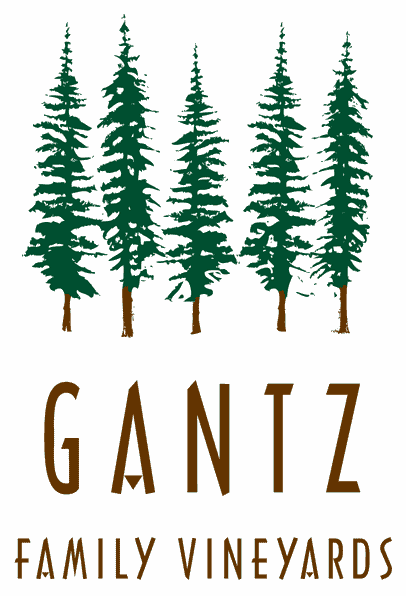I went to a local welding supply store recently to buy nitrogen. When the clerk asked what I was buying it for, I told him, "A pressure bomb." You should have seen the look on the guy's face. Fortunately, a more experienced clerk was able to explain that a pressure bomb was a specialized tool that measured the water stress on our vines. Not something hinky I was building in my garage.
The pressure bomb is one of the tools I'm using to develop a more complete understanding of how our vineyard responds to water stress and irrigations. Our foliage was abundant last year, and this year we're seeking a better balance between our fruit and leaves. Monitoring the water is a good way to do that. A new, 380-foot-deep well we dug last year has kept us from suffering many of the woes of our fellow California farmers, but in the midst of a drought, every drop is precious. Good monitoring will insure we don't waste an ounce.
Unlike our cousins in Europe, who can expect regular rains over the course of the summer, California is predictably dry from the end of the rainy season in May through harvest. Therefore “dry farming” (i.e., farming without supplemental water from irrigation) is not really feasible here, especially with our low-vigor rootstocks that produce the kind of fruit that our winemakers at Kosta Browne like, but which are not particularly drought tolerant. So we irrigate during the growing season using a state-of-the-art drip irrigation system, which allows us to give the plants exactly what they need, exactly when they need it.
As I learned in school, a good irrigation strategy is an important determiner of fruit quality. It turns out that grape vines, left to their own devices, would be happiest with lots of sun and water, and would produce lots of foliage and fruit in order to fulfill their biological imperative to reproduce. Unfortunately, the grapes wouldn’t be so great. To produce the quality of fruit that we are looking for, we use a “deficit irrigation” strategy.
In a deficit irrigation strategy, we strive to give the plants exactly what they need during each stage of their growing cycle. Early in the season (now), the soils are still moist from the rain we received in March and early April. We should not need to start irrigating until that soil moisture is exhausted, probably in late June. We want to make sure that the plants suffer no water stress through set, usually in July. Then, we want to subtly stress the vines by providing less water than they need from set through veraison. Doing so promotes loose clusters, which allows for air circulation and rot and mildew resistance, and smaller grapes that color well and have a better skin-to-pulp ratio (more flavor!). Once veraison begins and the fruit begins to ripen later in the summer, we want make sure the vines have enough water to insure that photosynthesis continues at full speed to ripen the grapes.


